Journey to 2050
As a Group we are on a journey to managing our business responsibly across a wide range of stakeholders; from the local communities of which we are a part, to recognising and mitigating the environmental impact of our business activities.
In 2019, we undertook a baseline assessment of our greenhouse gas (“GHG”) emissions and through the support of the Group’s Chief Executive and Board, have determined the following pathway to net zero.
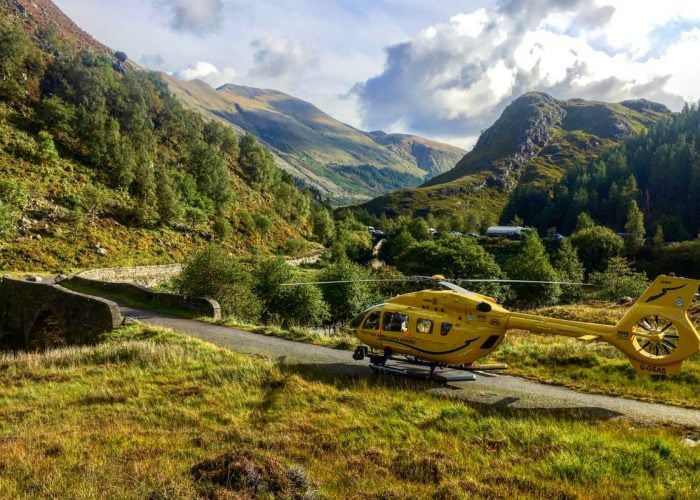
Pathway to Net Zero
Aviation has been classified as a ‘hard to abate’ industry. This requires Gama Aviation to set a programme to achieve Net Zero that:
- Reduces our own Group’s Scope 1,2 and 3 GHG emissions, mitigating those that remain by using responsible offset schemes that work in accordance with our CSR goals
- Reduce, wherever possible, customer demand-initiated Scope 3 GHG emissions through the incorporation of changes in flight operations, ground operations or any other areas that may reduce fuel burn without compromise to safety
- Offset to mitigate customer demand-initiated Scope 3 GHG emissions, should the prevailing technologies of the planning period be unable to provide the reduction in C02e forecast
- Positively influence and encourage the adoption of new, enabling technologies, that are commercially available / feasible to reduce customer demand-initiated Scope 3 GHG emissions
- Supports new and enabling technologies that seek to reduce GHG emissions across the wider aviation sector
Commitment to achieving Net Zero
Given the prevailing technologies open to the highly regulated aviation sector, our ability to influence customer demand initiated GHG emissions, our ability to directly reduce our Group’s own emissions and our ability to mitigate emissions via offset, Gama Aviation is committed to achieving Net Zero emissions by 2050.
Access our full Carbon Reduction Plan
Future emission reduction targets to 2050
The following graph reflects a recalculation of the of the likely trend to 2024 based on the likely effect of an increased number of flying hours flown by our clients following the easing of international COVID-19 border controls. This calculation anticipates a 45% drop in total (scope 1, 2 & 3) CO2e tonnage from the 2019 benchmark figure. This caluculation is as per our stated policy of reviewing our Carbon Reduction plan on an annualised basis. The forecast does not see a significant reduction until 2030 when supplies of SAF are expected to achieve a critical mass (see the basis of our assumptions below).
Basis of reduction targets (2020 to 2050)
- Both our targets and the model will be reviewed annually with progress being measured against our audited streamlined energy & carbon reporting (“SECR”) obligation.
- Reduction targets will be calculated on a five-year incremental basis and reflect the Group’s total tonnes of CO2e (scope 1,2 & 3).
- On an annual, and five yearly basis, the Group will review the projected targets based on the availability of accelerating carbon reductive technologies such as SAF, synthetic fuels and hydrogen.
- On an annual, and five yearly basis, the Group will review the ambition of the projected targets based on the Group’s prevailing strategy, it’s business model and service mix.
Access our full Carbon Reduction Plan
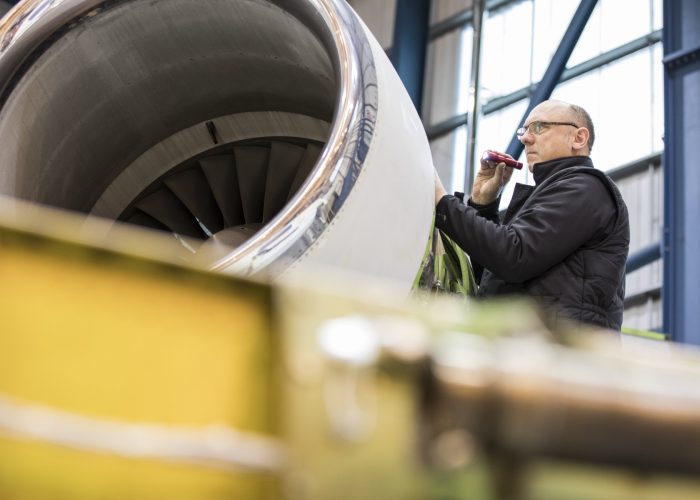
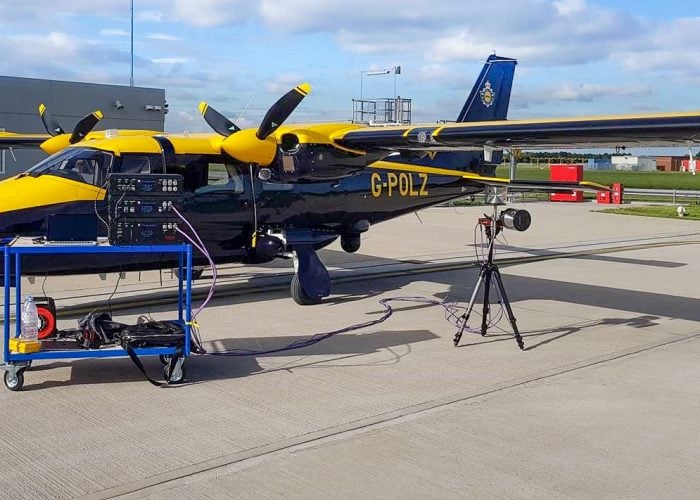
Reduction targets and assumptions to 2050
The 2023 SECR report is starting to show a ‘steady’ state of business related GHG emissions as we emerge from the hiatus of the COVID years. While the Group has seen reductions induced by:
- The 2020 sale of our US aviation business which had the effect of reducing the Group’s total managed aircraft fleet (by c55%) and subsequently its downstream, customer initiated, GHG emissions.
- The global COVID-19 pandemic supressed flight requirements further and caused some clients to sell aircraft, further reducing the managed aircraft fleet.
It remains in a ‘hard to abate’ industry where change is dependent on improvements in technologies (fuel, engine and airframe) that the Group has little or no control over. Within our current five year business planning horizon we do not see:
- Breakthrough, subsitute technologies or fuel types achieving commercial scale prior to 2040
- Developments in hydrogen and electric power overcoming their current technical limitations until at least 2040 (pink or blue hydrogen will be reliant on investment in power generation systems that are unlikely to achieve scale for sometime)
We do remain focused on continuing to implement improvements via our Project Element Six programme particuarly within the Group’s ‘controllable’ emissions contained within scope 1 and 2 plus aspects of scope 3.
Forecast reduction target 2020 to 2025
The Group projects that carbon emissions will decrease over the next five years to 33,678 tonnes of CO2e by 2025.
The basis of this forecast is predicated on:
- Project Element Six (the Group’s carbon reductive plan) will continue to improve performance in the Group’s own Scope 1,2 & 3 GHG emissions, however this will be somewhat offset by business growth and the addition of aircraft into the fleet.
- Project Element Six’s workstream three (transitioning clients to a lower carbon future) will increase the level of carbon mitigation through offsetting by our clients, however the take up of SAF will continue to be low due to pricing and availability.
- Flight traffic will rise given pent up demand, the abatement of travel restrictions and airline schedules continuing to be rebuilt post-pandemic.
- The Group will maintain a policy of using carbon offset schemes to mitigate any Scope 1, 2 and partial Scope 3 emissions that cannot otherwise be reduced.
- Fuel technologies such as SAF will not reach critical mass (as per the Department of Transport’s own projections) and therefore, these will only provide marginal gains during the planning period.
Access our full Carbon Reduction Plan
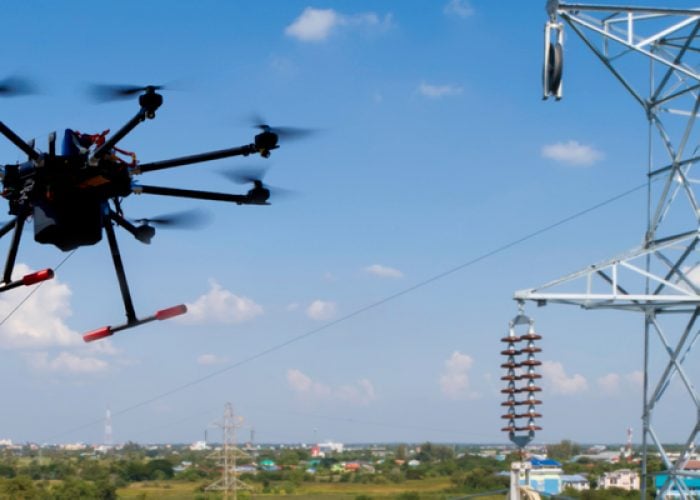
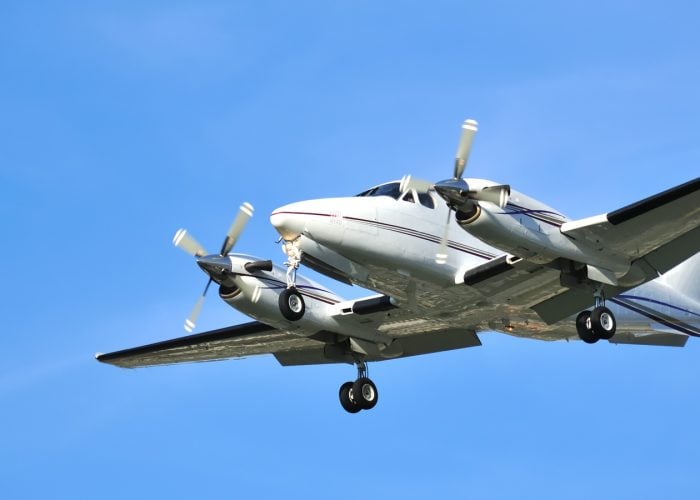
Forecast reduction target 2025 to 2030 and 2030 to 2035
The Group projects that carbon emissions will decrease by 7% between 2025 -2030 and a further 7% between 2030 – 2035, such that by 2035, 17,827 tonnes of CO2e are being emitted.
The basis of this forecast is predicated on:
- A continuation of the baseline activities with no major changes in the business model or mix. Aircraft additions are likely to remain steady and the emissions impact of them is likely to be lower, given the prevalence at this stage of next generation aircraft, fuels, and the optimisation of air traffic control to reduce unnecessary fuel burn.
- Fuel technologies such as SAF will begin to be present as viable options within the UK supply chain with prices dropping as volumes increase. This will be largely predicated by the following actions: an increase in demand from the airlines, increase in UK supply infrastructure, taxation / incentivisation to switch to SAF (i.e., reduction in the cost differential to ‘fossil’).
- The strong likelihood that the current managed fleet will have largely been upgraded by the aircraft’s respective owners, to be more fuel efficient, thus reducing fuel burn and GHG emissions.
Access our full Carbon Reduction Plan
Forecast reduction target 2035 to 2050
The Group projects that carbon emissions will decrease by 20% over the five years to 2040 and then a further 75% to 2045. At the end of this period 112 tonnes of CO2e are forecast to be emitted.
The basis of this forecast is predicated on:
- A continuation of the baseline activities with no major changes in the business model or mix.
- Fuel technologies such as SAF will have broken out (as per the DoT’s projections) and will be largely available such that the fossil equivalent is minimal. Further technologies such as eVTOL and hydrogen will also become mature, accelerating progress towards net zero by the end of the planning period.
- The managed aircraft fleet’s owners will now have taken one or two replacement cycles and are most likely to be using the most efficient technologies available to them during this period.
Access our full Carbon Reduction Plan
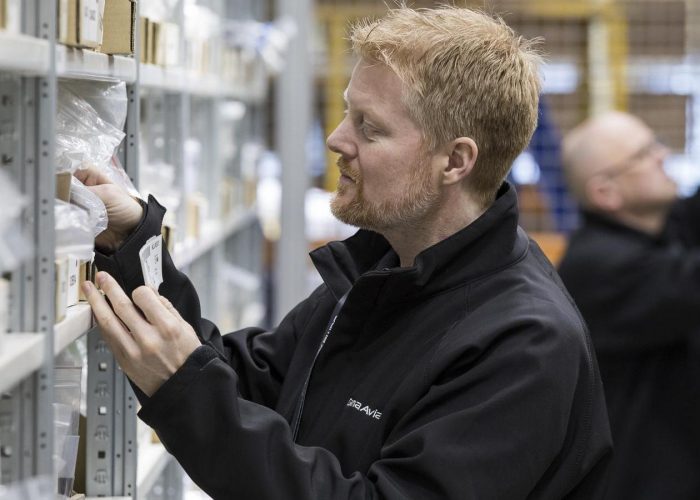
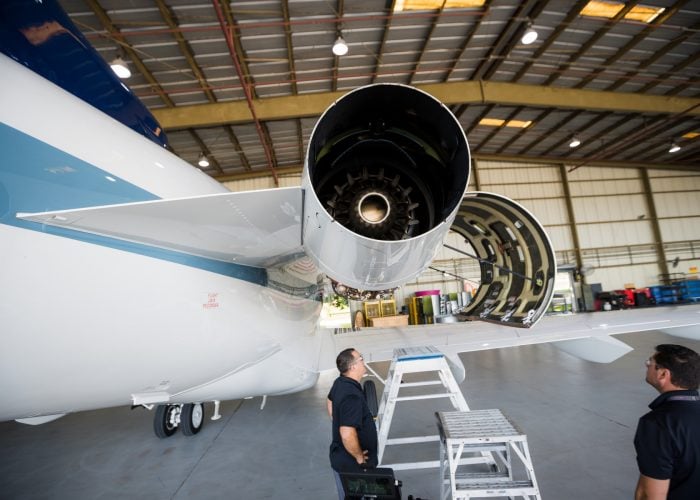
Project Element Six. Our carbon reduction and transition programme
Project Element Six is sponsored by the CEO and is our principal programme to reduce scope 1,2 & 3 carbon emissions to 2050. Currently project Element Six has four workstreams which are described below:
- Workstream 1: Data collection, auditing, and mitigation via offset. Through this workstream we aim to improve audit accuracy and data such that the Group has, in the future, a near real time view of carbon emissions. This requires some change to systems, policies, and behaviours.
- Workstream 2: Fix & Optimise. Through this workstream we will aim to fix, optimise, or add policies / processes and changes in procurement practice that seek to lower the Group’s scope one, two and three emissions through change.
- Workstream 3: Educate and transition. Through this workstream we will advise our client base, moving them to lower carbon options introduces in conjunction with leading audit / offsetting partners that can aid in compensating and reducing carbon emissions.
- Workstream 4: Partner to develop low carbon alternatives. Through this workstream we will work with industry to assist in the development / use of low carbon technologies (fuels, engines, systems, platforms) that may substitute current technologies to achieve a low carbon future.
Declaration and Sign Off
This Carbon Reduction Plan has been completed in accordance with PPN 06/21 and associated guidance and reporting standards for Carbon Reduction Plans.
Emissions have been reported and recorded in accordance with the published reporting standard for Carbon Reduction Plans and the GHG Reporting Protocol corporate standard and uses the appropriate Government emission conversion factors for greenhouse gas company reporting.
Scope 1 and Scope 2 emissions have been reported in accordance with SECR requirements, and the required subset of Scope 3 emissions have been reported in accordance with the published reporting standard for Carbon Reduction Plans and the Corporate Value Chain (Scope 3) Standard.
This Carbon Reduction Plan has been reviewed and signed off by:
Marwan Khalek
Group Chief Executive, Gama Aviation Plc
Marwan Khalek, Group Chief Executive Officer, Gama Aviation Plc


